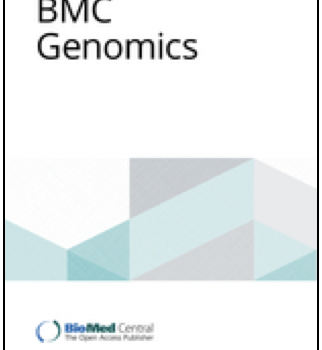VAReporter: variant reporter for cancer research of massive parallel sequencing
Po-Jung Huang1,2,4, Chi-Ching Lee3, Ling-Ya Chiu4, Kuo-Yang Huang5, Yuan-Ming Yeh4, Chia-Yu Yang4, Cheng-Hsun Chiu2 and Petrus Tang2,4,6*
Background: High throughput sequencing technologies have been an increasingly critical aspect of precision medicine owing to a better identification of disease targets, which contributes to improved health care cost and clinical outcomes. In particular, disease-oriented targeted enrichment sequencing is becoming a widely-accepted application for diagnostic purposes, which can interrogate known diagnostic variants as well as identify novel biomarkers from panels of entire human coding exome or disease-associated genes.
Results: We introduce a workflow named VAReporter to facilitate the management of variant assessment in disease-targeted sequencing, the identification of pathogenic variants, the interpretation of biological effects and the prioritization of clinically actionable targets. State-of-art algorithms that account for mutation phenotypes are used to rank the importance of mutated genes through visual analytic strategies. We established an extensive annotation source by integrating a wide variety of biomedical databases and followed the American College of Medical Genetics and Genomics (ACMG) guidelines for interpretation and reporting of sequence variations.
Conclusions: In summary, VAReporter is the first web server designed to provide a “one-stop” resource for individual’s diagnosis and large-scale cohort studies, and is freely available at http://rnd.cgu.edu.tw/vareporter.
Keywords: NGS, Exomes, SNV annotation, TCGA, ICGC
Fig. 1 Framework of VAReporter.
VAReporter takes genetic variants from gene panel or whole-exome sequencing as input materials, supporting heterogeneous VCF formats such as GATK, VarScan, MuTect and VarDict. A wide variety of biomedical databases were compiled as local annotation resources to facilitate the interpretation of biological effects introduced by genetic alterations. MutSigCV algorithm was also incorporated into the framework to detect significantly altered genes in study cohorts. Visualization modules are widely used for displaying sample-wide mutation profiles, landscapes, spectra and affected pathways. Dynamic tables with filtering and sorting functionalities are provided to facilitate the prioritization of clinically actionable targets

